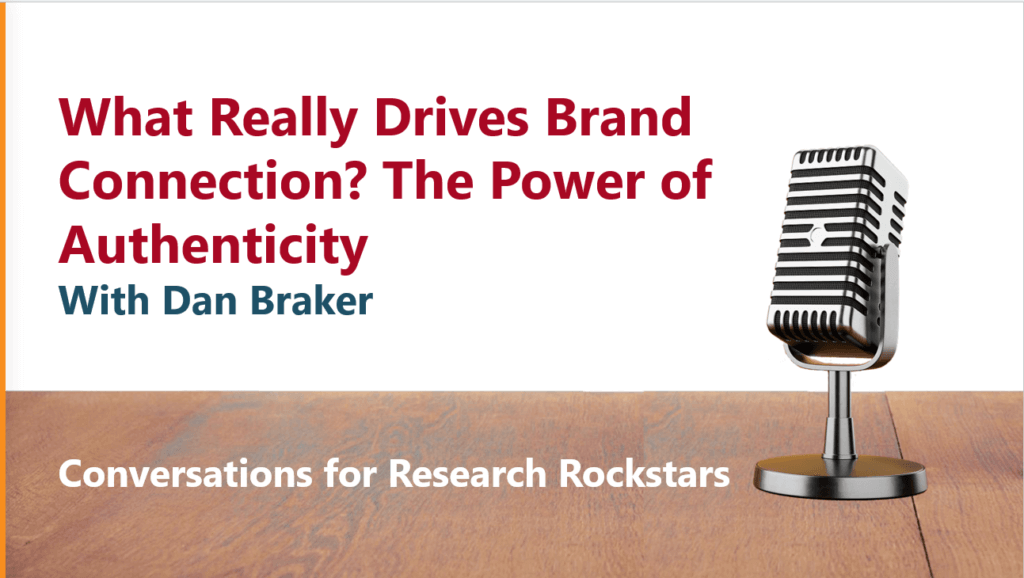 Has your market research budget been cut? If so, one of the programs most often impacted is Customer Satisfaction tracking.
Has your market research budget been cut? If so, one of the programs most often impacted is Customer Satisfaction tracking.
For firms accustomed to tracking on a continuous or quarterly basis, cutting back on this program is often a necessary, though unfortunate, reality.
So what to do? Here are 8 options to consider:
1. Reduce frequency. Changing data collection frequency from 4 times a year to once a twice a year may be enough of a cost-savings.
2. Reduce complexity. How long is the current survey instrument? Do your really use all of that data? How much of the data is nice-to-have versus must-have? Ask your market research agency for an option to dramatically simplify the questionnaire-how would that reduce their fees? After all, data collection, data analysis, and reporting fees would all lower. And it is not an either-or decision; maybe once a year you do the big daddy version, and 3 times a year you do the mini-version.
3. Reduce deliverables. Have your deliverables been overkill anyway? I know many clients that fund large Customer Satisfaction trackers, and they get an overwhelming number of deliverables. Cross-tabs, models, online reporting tools, slide decks, reports by region, various forms of scorecards. Do you really use all of it?
Really? Maybe simply cutting back on deliverables will do the trick. Ask your market research agency to get creative. If your budget for deliverables were to be cut in half for the year, what would they recommend? What options can they give you?
4. Consider re-bidding the project. I know, if you have an ongoing program, switching agencies is painful. And the disruption costs can outweigh the fee savings. But it is an option. Be sure to include a couple of off-shore suppliers to compare fees.
5. Evaluate your use of quant versus qual methods. Has your customer satisfaction research primarily been based on quantitative methods? Maybe now is a good time to consider qualitative research. Sure, there are important trade-offs. But if budgets are tight, it might be a good time to gather deeper information from a smaller number of accounts. One option: enlist some executives to do customer interviews. I’ve helped clients design such programs in the past, and the executives often have a very good experience. Many report that while taking time from their busy schedules is hard, there’s no substitute for hearing customer feedback firsthand.
6. Go DIY. Yes, I said it. DIY. Hire a market research consultant to design a very simple questionnaire, 7 questions at most. And do the data collection yourself using Wufoo, Survey Monkey or Zoomerang. Keeping the questionnaire short is critical if you do-it-yourself. Be honest: you likely don’t have the staff time, skills or even tools do manage a large scale project in-house, let alone do the data analysis and reporting that would be necessary. But you could probably handle a mini-survey approach. It still gives you valuable input. Ideal? No. But it is an option.
7. Leverage Social Media tools. While reducing conventional customer satisfaction tracking-or even putting it on hold-consider using social media as a way to encourage direct customer feedback. Have a company blog? Post requests for feedback (be sure to require moderation before comments appear, just n case you get inappropriate responses). Have a company Twitter feed? Tweet a request for feedback and provide an email address. Yes, analyzing volumes of open-ended responses is challenging, but there are tools for doing it if you really get that many responses. And if you only get a hundred or fewer, you can read through them. It may be enough to give you a heads up about a new problem area before it spreads. And it is also a great way to hear customer requests you may not normally get.
8. Leverage your Customer Advisory Council, as mentioned in my previous blog post. Don’t have one? Ouch! Maybe now is a good time to get started. Need help? Venator Partners and CustomerAdvisoryBoard.org are two companies I happen to know of that help with planning or improving customer advisory council programs.
Cutting back on Customer Satisfaction research budgets is hard.
No doubt about it. Disrupting these trackers risks slower response to new problems, or slower recognition of new efforts’ successes. And since these programs often tie into executive compensation and bonus plans, any change to them can cause unrest. But these days, it may be a necessary evil. Luckily, with a little fresh thinking, some creative options do exist. You may even find that giving your Customer Satisfaction program a tweak results in some new insights.











